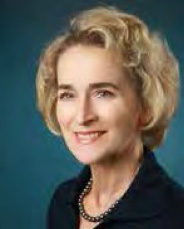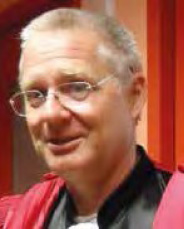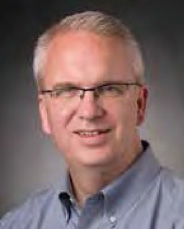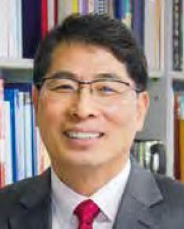PREFACE
On July 2–6, 2018 it was our great pleasure to organize this joint conference of the three major societies that focus on the rheology of blood, cells and tissues: The European Society for Clinical Hemorheology and Microcirculation (ESCHM), The International Society for Clinical Hemorheology (ISCH) and The International Society of Biorheology (ISB). The venue for this milestone meeting was the Jagiellonian University Conference Center, “Auditorium Maximum,” a modern conference and teaching facility in Krakow, Poland. Founded in 1364 the Jagiellonian University is the oldest university in Poland, the second oldest university in Central Europe, and one of the oldest surviving universities in the world. Notable alumni include, among others, mathematician and astronomer Nicolaus Copernicus. Our local host was the Polish Society of Hemorheology and Microcirculation (PTHiM), Chaired by Dr. hab Maria Fornal of the Medical College.
This Conference covered a broad spectrum of topics in bio- and hemo-rheology, from both basic science and clinical investigations points of view. The organizers sought to provide scientific and social parts of the Conference that complemented each other by stressing “the importance of science not only as a system of knowledge but also as a school of criticism, creativity and tolerance.” The conference program provided a unique blend of scientific sessions (symposia, free communications and posters) and social activities to support participant interactions and networking. Social activities included an opening reception, a banquet (in the Wieliczka Salt Mine) and a conference tour of the Jagellonian University Museum and Old Town Krakow.
The site of the Conference, the City of Krakow, is one of the most important historical, cultural and tourist centers of Poland and Central Europe. Krakow, with its alluring attractions mixed in the right proportions, has it all to attract millions of tourists a year.
We, the local and society chairs, were pleased to organize this meeting and hope that it serves as a model for future joint meetings of the three principal societies.
 |  |  |  |
| Maria Fornal | Jean-Frédéric Brun | Peter Butler | Sehyun Shin |
| PTHiM | ESCHM | ISB | ISCH |
| Jagiellonian University | French Institute of | Penn State University | Korea University |
| Medical College, Poland | Health and Medical | USA | Korea |
| Research, France |




